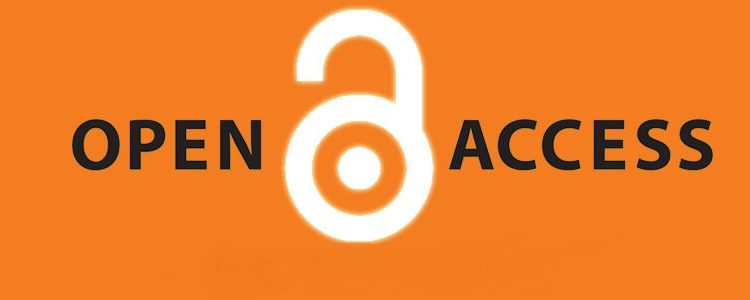Who Benefits From Open Access?

A recent article in F1000 Research reviewed the impact of open access publishing. Open access makes it possible for anyone to read academic research. Traditional journal subscriptions do not include the right to data mining. The opposite is true of open access publishing.
Making Data Accessible
Open access articles receive citations more often than articles behind a paywall. The degree of its impact on citation varies by discipline. In Biology, open access articles receive 36% more citations. In the Agricultural Sciences, open access articles receive 600% more citations. Non-open access articles are twice as likely to receive no citations six months after publication. Gold open access articles have a higher overall academic impact than green open access articles.
Is this citation advantage real or are researchers’ choosing open access when they know their articles are going to have a high impact? A team of researchers set out to answer this question. They compared citation counts for articles where the authors chose open access with articles where open access was mandatory. They found that both sets of articles received much more citations than those articles behind a paywall. There was no difference in citation rates between the authors who chose open access and those who were required to use open access.
Research articles also affect society. Members of the public may comment on research via social media. Traditional media may do a story on a research finding. In order to measure this kind of impact, anyone interested could look at an article’s altmetrics. Altmetrics make it possible to gauge public interest in specific articles.
The fact that scientists, journalists, and policymakers can freely access open access articles should give them an altmetrics advantage. A social media announcement of an article increases the number of views and downloads of the article. Highly tweeted articles are 11 times more likely to be highly cited than less tweeted papers.
Open Access and the Bottom Line
The costs for journal subscriptions continue to rise. In the past 30 years, the cost for subscribing to a journal has outpaced inflation by 250%. These rising prices mean that fewer institutions can afford subscriptions. This makes this business model unsustainable. Subscription journals could transition to the open access model. This transition would be appealing to journals with small profits or who are operating at a loss. This could help them to stay viable.
Many open access publishers do not charge article processing fees. PeerJ charges authors a once off membership fee. This allows authors to publish in PeerJ for life. The Open Library of Humanities asks libraries to pay a fee. This allows their scholars to publish in the Open Library of Humanities at no further charge.
Open access is a cost-saving measure because there is no physical journal copy. There is no need for typesetting, or copy-editing. A journal could be hosted online for about $15 per year. In the open access online only model, the total operational cost per article is $6.50-$10.50.
Open access allows entrepreneurs and small businesses to be more innovative. Increased access to research can help to stimulate regional economies. Open access has become associated with increases in the return on financial investment. It also makes collaboration possible.
The United Kingdom spent about £15 billion on cancer research between 1970 and 2009. This allowed the nation to gain 5.9 million quality-adjusted life years. The net gain was £124 billion—an 800% return on investment. Only 17% of these benefits were based on research done in the UK. This means that most of these benefits were based on international research. This highlights the importance of making research globally accessible.
Open Access and Society
Free access to research articles benefits the wider society. The open access model makes data available to anyone with internet access. This is useful for lifelong learners. It also transcends academic affiliation. Some researchers regard access to knowledge as a human right. Others argue that since research is largely funded by taxes, all citizens should have access to its results. Open access makes citizen science possible.
Research articles tend to be very technical. Can members of the public understand them? Given the rise in citizen science activities, it is clear that the answer is yes. Of course, the degree of understanding and engagement may vary. What should not happen is excluding members of the public by assuming they cannot understand research. Research data is for the good of the public. Any interested member of the public should find it easy to access it.
Open access is even more critical for scientists in developing countries. High journal subscription prices can often keep the developing world from making scientific advances. For example, a 1982 paper outlined why Liberia should become included in the Ebola endemic zone. This information was unknown to Liberian officials in the 2014 Ebola outbreak. Open access encourages the research potential of the developing world.
This F1000 Research review article makes some important points. Subscription access fuels a disparity between researchers in the developing and developed world. Open access has the ability to reduce this inequality by making academic research available to all. The impact of open access includes lowering the cost to libraries for making research available to their users. Open access also makes data mining possible. This can make data discovery and analysis easier. Open access, therefore, has tangible benefits for scientists, the economy, and society as a whole.









